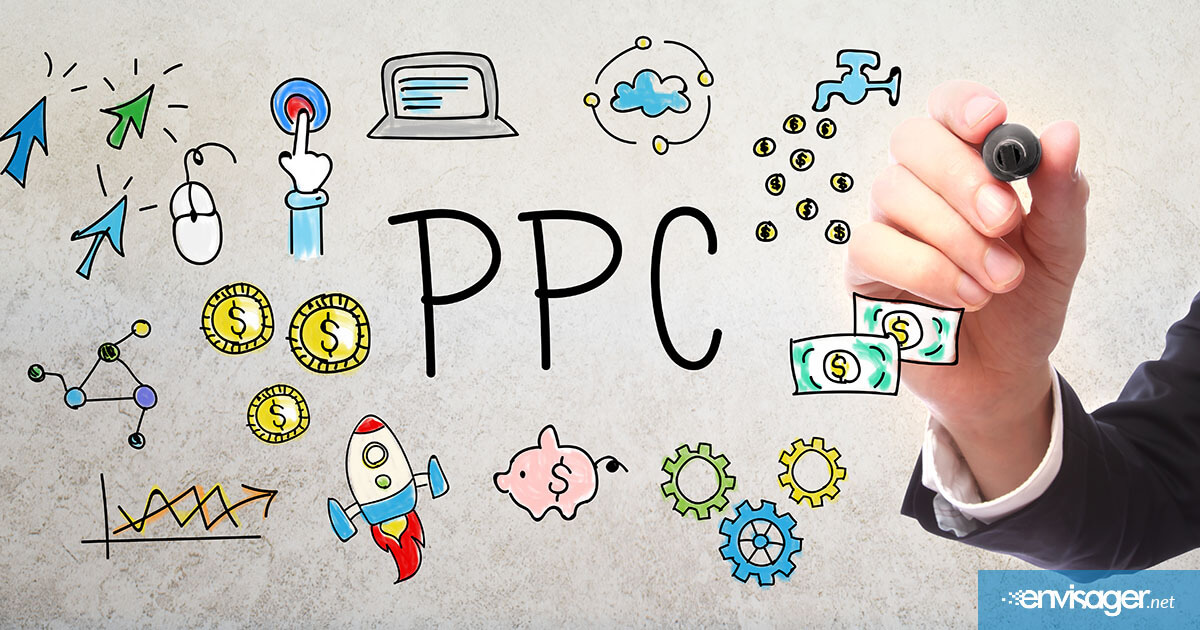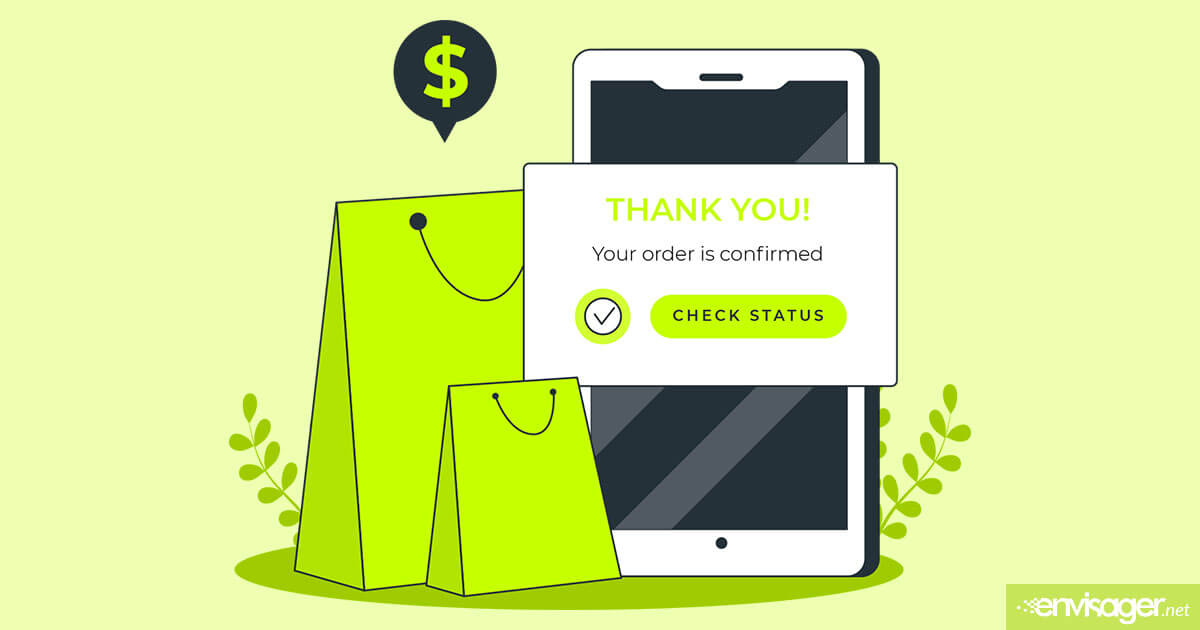Learning the Basics of Pay-Per-Click (PPC) Marketing

An efficient method for driving traffic to your website is to use Pay-Per-Click (PPC) marketing. This method of marketing allows you to generate clicks to your website versus earning them organically.
There are many ways to drive targeted visitors to your website. For now, we will discuss the basics of an effective Internet marketing campaign; Pay-Per-Click Search Engine Marketing (SEM).
What is Pay-Per-Click marketing?
In short, Pay-Per-Click (PPC) involve having search engines display your website offer in search results and you pay when your ad is clicked. This process generates traffic to your website using keywords you created in your ad that are revelant to your target site visitors.
The acronym SEM stands for Search Engine Marketing. It previously encompassed both paid search (PPC) and Search Engine Optimization (SEO). As the Internet evolved, so did SEM and is now directly related to paid search.
The Top 3 PPC Networks
Google AdWords has a commanding control as it is the largest PPC provider. To be more competitive with Google, Yahoo! and Bing joined forces to create AdCenter as a PPC platform to be compete in this area. The following is an overview of these top three PPC networks.
1. Google Adwords
AdWords is without a doubt the more popular PPC network in terms of market share and delivering the most traffic to your campaign. AdWords is Google’s main advertising product mounted on Google’s powerful search engine, can deliver desired results for your campaign. Your campaign distribution can be set to local, national or international and additional refinements for a more streamline campaign for better targeting your idea audiences.
AdWords offers various types of ads including rich media, banners, graphical, and text advertisements based on a daily budget that you can set and make adjustments to. Additional tools are available to further enhance your marketing campaign including keyword research and more.
2. Bing Ads
Bing Ads networks is a combination of Bing searches, Microsoft sites, Yahoo! sites and AOL sites. Related cost-per-click for your campaigns may be considerably less expensive than AdWords. Similar to AdWords, Bing Ads offer various tools to advertisers that can be helpful in gaining better market insight for your campaign. This can be use in developing strategies for better return on your investment such as the ability to tweak bids on keywords based on a particular demographic.
3. Yahoo Search Marketing
Yahoo! and AOL are now part of ‘Oath: Programmatic Advertising’ network. Similar to Google AdWords’ user interface, advertisers can see overall campaign information like CTRs, clicks, average CPC and overall costs. In contrast to US Google advertisers where bidding on trademarked keywords is allowed, but using trademarked terms in ad text is disallowed, in Yahoo!, advertisers are not allow to bid on other companies’ URLs or company names.
As an advertiser, it’s your responsibility to verify whether your selected keywords violate any trademark laws.
Basic Terminologies
If you are considering using PPC search engine marketing as part of your over Internet marketing campaign, it will be helpful for you to learn some of the basic terminologies and abbreviations that you will frequently encounter while using this tool. These include the following:
Pay-Per-Click (PPC) ads are paid ads based on targeted keyword combinations and are posted on websites or search results. Payments are charged only from click-through, or when people actually click on your ad. If your ad is displayed but no clicks on the links occurred, no payments will be charged.
Unlike PPC, Cost Per Impression (CPM) allows you to pay the PPC network per 1,000 views or impressions regardless if people will click your ad or not. We don’t recommend using this in a PPC network.
Business owners promoting their websites through PPC ads will fall under this category, either buying or bidding on particular keywords or sets of keywords relevant to their brand, products or services. Ads will be displayed on advertising spaces on a network of websites as well as search results where the particular sets of keywords appear as content or typed in during searches.
Cost-Per-Click (CPC) is a system used by PPC network to determine the minimum CPC that you need to bid before your ads can run. CPC differs greatly from market to market, it usually depends on how competitive the market and keyword is. CPC can also be affected by your campaign performance.
This is where advertising spaces are showcased and where the paid ads may appear depending on keyword relevance. Paid ads on Google’s search results make the search engine a publisher for these particular ads.
A Click-Through-Rate (CTR) is made whenever a site visitor clicks on a displayed ad from the website or a search result. The cost of a particular PPC campaign may be affected by the number of clicks made through that particular ad. CTR can be computed by clicks divided by impressions then multiplied by 100 to make it as percentage. So let’s say 500 people viewed your site and 10 people clicked on it. Your CTR is approximately 2.0% which is very high (10/500 = 0.02×100 = 2%).
Bid is a term used for setting the max amount of money that you are willing to pay on the PPC network. Either CPC or CPM, it’s advisable that you follow the minimum bid that the PPC network is suggesting.
The max amount of money that you are willing to spend per day for your campaign. Some networks like Bing allow you to have a monthly and daily budget while Adwords focuses on daily budget.
5 Important PPC Components
To have an effective Pay-Per-Click marketing campaign, each PPC component should be carefully configured. The following is a quick overview of each of the 5 important components and their importance to your campaign.
1. Keywords
Keywords are probably the most important component of your PPC campaign as it is the element (key word) that people will be using that allows your ad to be shown to them when they enter these keywords into their web search.
2. Campaign Budget
PPC campaigns run a daily or monthly budget you specify; depending on the network you are using. You can run a monthly campaign which will stop once your budget has been fully used. A daily budget allows you to spread your campaign over each day of the entire month.
3. AD Message
Your ad is the first impression many people will have of your business, so make sure it communicates that you have what they need. Including a ‘call to action’ such as ‘buy now’ is also a good idea to tell the user what you would like them to do after they see your ad.
4. Landing Page
Your landing page or ‘squeeze page’ is where the action takes place. They are linked from your PPC ads which serves as the page that your visitors will be redirected after they click on your ad. The main purpose of a landing page is to convert visitors either into leads or sales.
5. Campaign Performing Metrics
Monitoring your campaign’s performance is important so that you know which keywords and ads are bringing you the most conversions and clicks. By checking frequently, you should get an idea which strategies are contributing to your goals and which still need adjusting.
Final Words
People are always searching for information and search engines help them find it. This information could be found through your Pay-per-Click ads. We can help you setup online advertising with Google AdWords. Give us a call at (858) 874-6528 or schedule a consultation online. We’d love to hear from you and learn more about the projects you have in mind and how we might help. And don’t forget to check out our resources section for helpful guides, e-books and more!
Don’t forget to leave your comments and questions below, and I promise to respond to each of them.

Hazel Burgess
FOUNDER/SEO DIRECTOR
Hazel is the Founder & SEO Director at Envisager Studio, a premier website design agency specializing in WordPress website design, development and internet marketing. In her spare time, she writes about search engine optimization, website design, and internet marketing.


